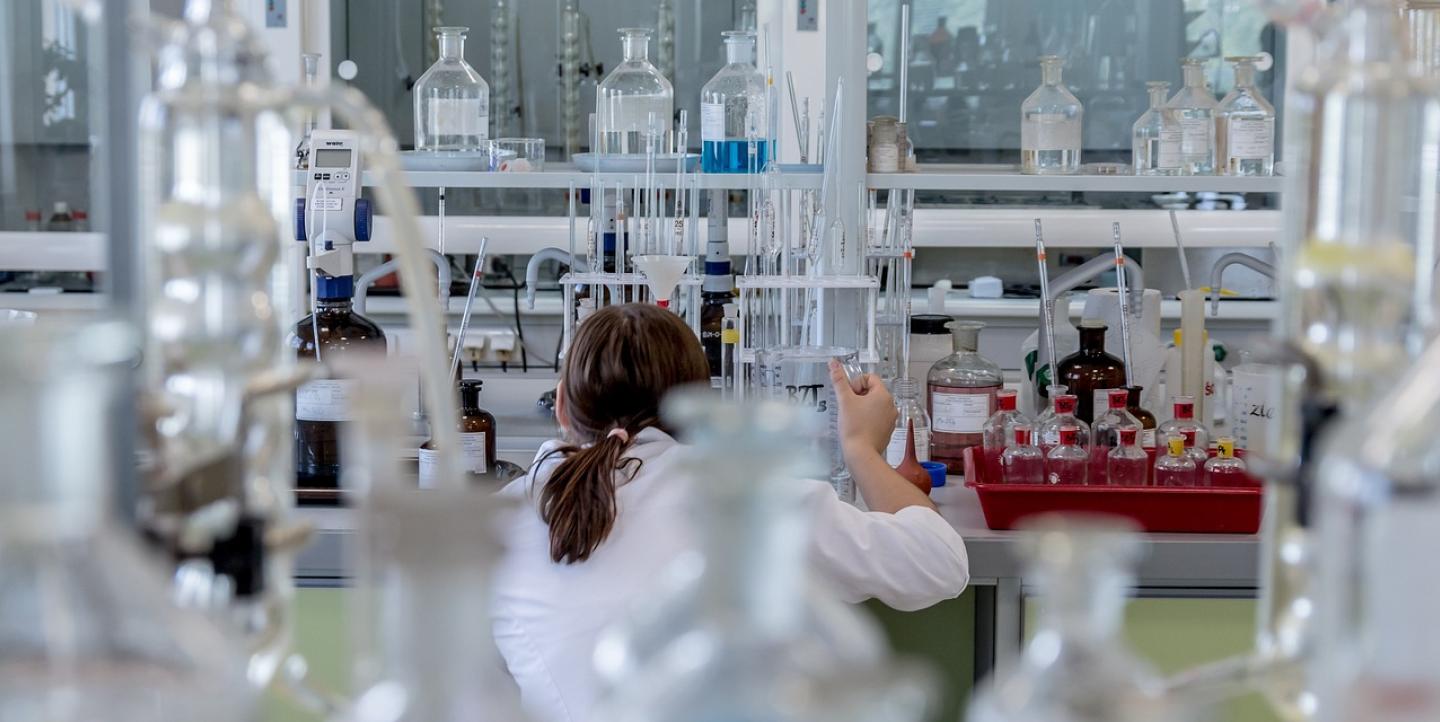Stagnant freelance rates have pushed some established journalists toward better-paying communication roles. Meanwhile, a new generation of creators often blends both disciplines from the outset in a media landscape with fewer specialized jobs.
This convergence raises questions about journalistic independence, ethical boundaries, and how audiences can distinguish between impartial reporting and paid messaging — especially as social media platforms become primary sources of information.
I spoke with Felicity Nelson, a science and medical journalist with bylines in Nature, Guardian Australia, Medscape, and ABC News; Carl Smith, a science journalist with the Australian Broadcasting Corporation reporting for TV, radio, and online; Lee Constable, a science and climate communicator and a children’s book author; and Phil Dooley, a science writer, presenter, videomaker, and trainer, about the key differences between their fields and why the distinction matters.
Here’s what they had to say.
Understanding where the fields overlap and diverge
While the line between science journalism and science communication can seem blurry, those working in the fields point to a fundamental difference rooted in priorities and funding.
Dooley describes science communication as a broad field — "by anyone for anyone, in any medium" — with science journalism operating as a subset. Constable agrees, saying that "all science journalism is a form of science communication but not all science communication is journalism."
The key distinction, however, is allegiance. "Science journalism is defined by its order of priorities. Its first duty is to the truth. Its second duty is to the reader," said Nelson. In contrast, non-independent science communication has a different mandate: "Its first duty is to the client who is paying for the content to be produced. Its second duty is to the truth and its third duty is to the reader."
Dooley puts it more bluntly: "The distinction hinges on who pays the bills."
While both fields require clarity and skill, science journalism is uniquely defined by its commitment to impartiality. A journalist’s role is not to "sell" a field of science, but to serve as a watchdog for the public, said Smith. "A journalist should report fairly, impartially, and in a balanced, factual, and unbiased way. They aren't just there to celebrate the latest innovation. They're also there as an independent observer on behalf of the public to understand the faults, to ask the harder questions, and to seek independent expert comment."
This critical function is what separates the disciplines. While communicators excel at explaining science, journalists are tasked with interrogating it. "There is a strong need for the journalist as an external observer, to kick the tires of science, and unearth the problems," said Dooley.
For freelancers, know which 'hat' you’re wearing
For independent journalists who take on both reporting and communication projects, maintaining clear ethical boundaries is necessary. This requires a conscious understanding of the role you are playing at any given moment.
"As a freelancer, the money comes from many directions, so you end up with a foot in each camp," said Dooley. "I have done both, simultaneously, and I was always very aware of which hat I was wearing at any stage — so it's a hat distinction that is important."
Failing to maintain this distinction can damage credibility. Smith offered a common scenario: "If you've been paid by a company to help them sell their product, will that damage your authority reporting on that company or its products if you're also operating as a science journalist?"
He added that even if a journalist feels they can remain objective, the perception of a conflict of interest can be just as damaging. "Will audiences believe you're a trustworthy and reliable source of information if they know you've also been paid by the company that you're critiquing?"
Why the distinction is vital today
In an era of rampant misinformation, the need for credible, independent journalism has never been greater. Science, in particular, has become a battleground for politics and vested interests.
"We've seen this through the pandemic, through discussions of climate change, and I think increasingly through discussions on AI where there are plenty of vested interests," said Smith.
While science communicators play an important role in public understanding, journalists offer a unique line of defense against distortion. The "fourth estate" provides the public with an independent assessment of the facts, holding power to account, he said.
"It's vital to have science journalists in the mix. Particularly now as we move into a landscape where it's becoming harder to find the truth among torrents of strong opinions."
Image by Michal Jarmoluk from Pixabay.


